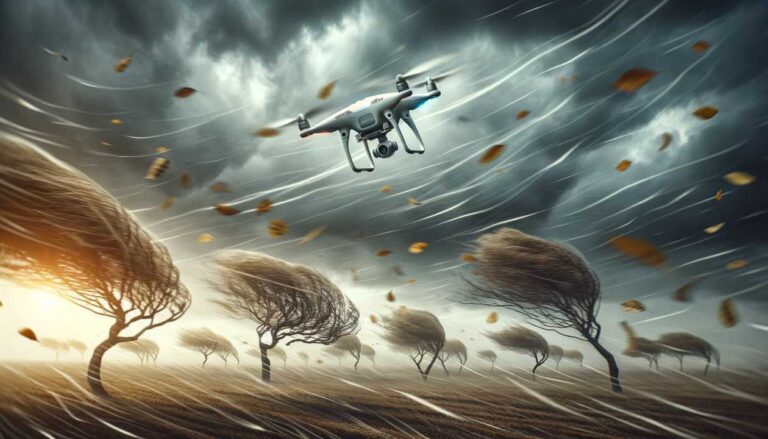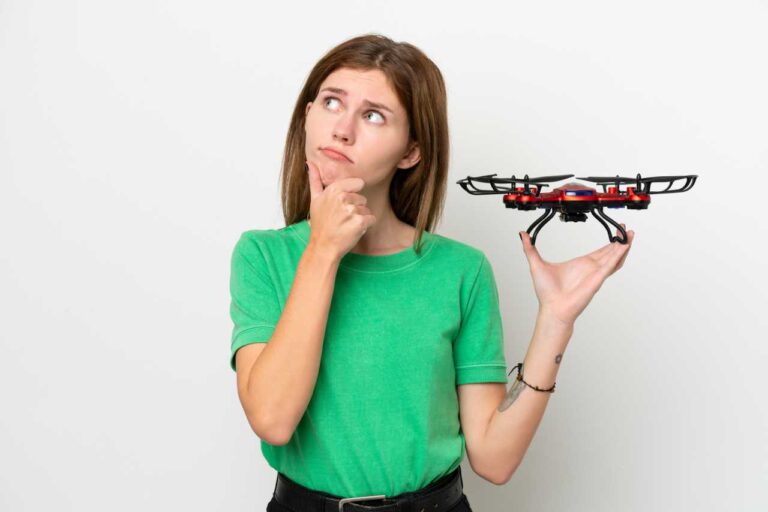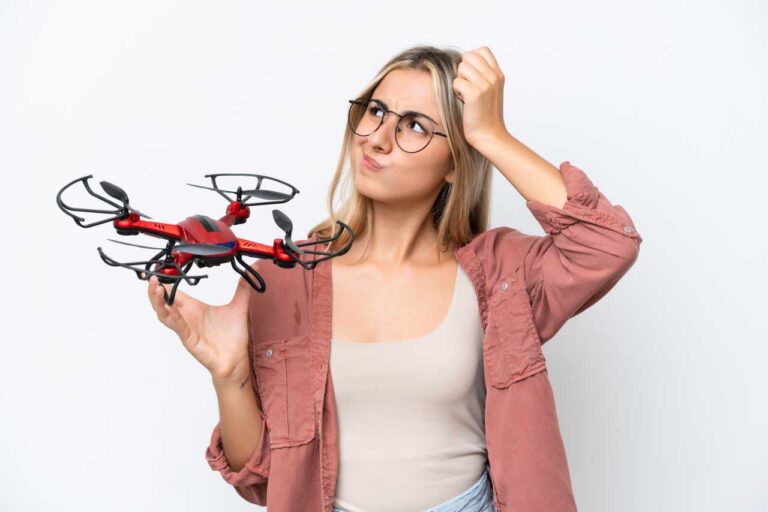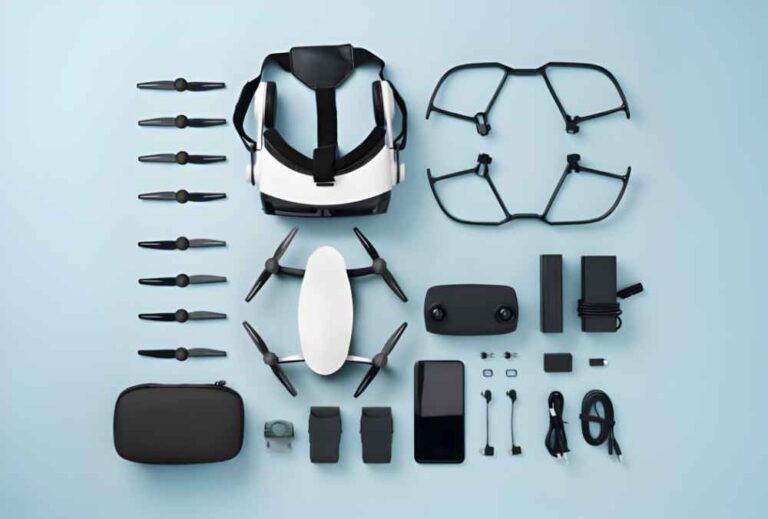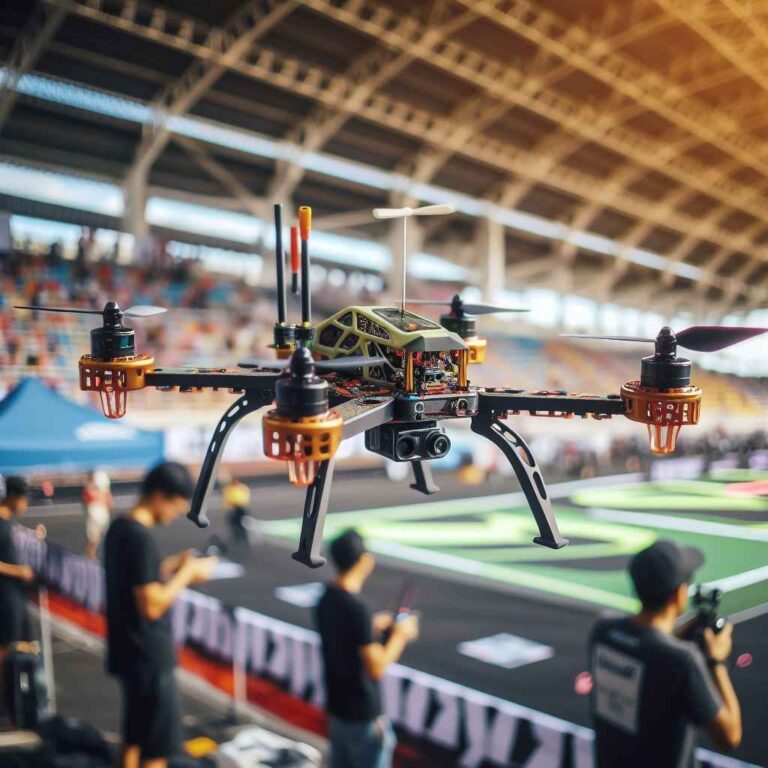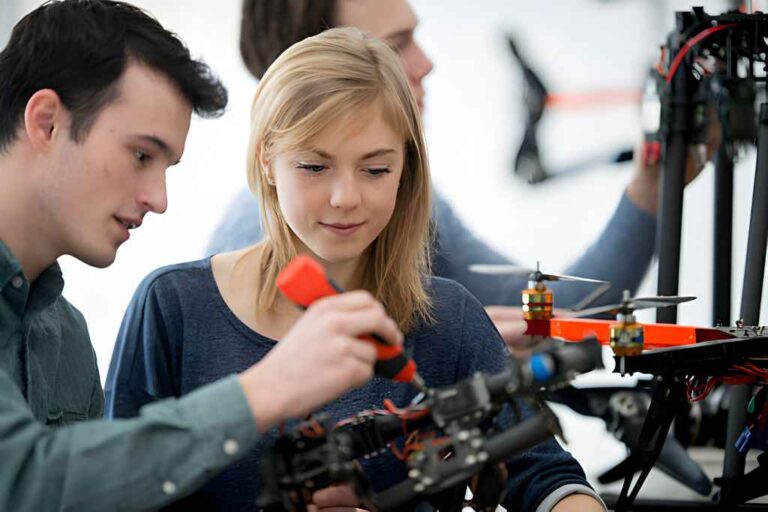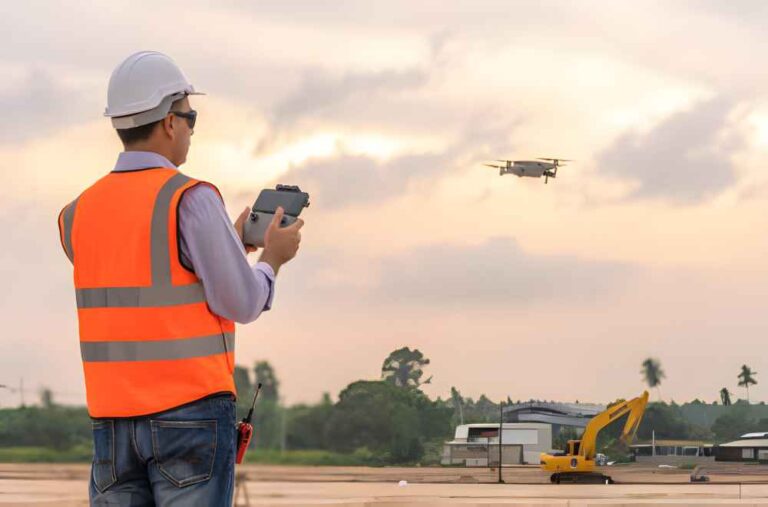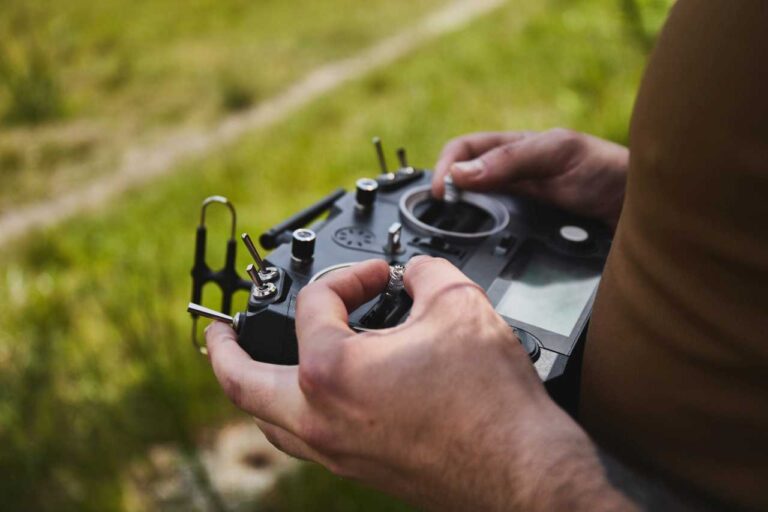Drones, or Unmanned Aerial Vehicles, have emerged as transformative tools in the agriculture industry. These flying marvels are no longer just gadgets for enthusiasts but have become essential assets for modern farmers.
Over the years, drone technology has evolved, offering a range of solutions that cater to the diverse needs of the agricultural sector. From monitoring crop health to optimizing irrigation systems, drones are reshaping the way we approach farming.
This article will explore how drones are used in Agriculture, the multifaceted role of drones in agriculture, highlighting their significance and the benefits they bring to the table. Interested in knowing How drones are used in Real Estate?
Interesting Facts:
- The Association for Unmanned Vehicle Systems International estimates that farms will eventually account for an 80% share of the commercial drone market.
- Drone data can show where crops are healthy and where they are weak, enabling farmers to make timely adjustments.
- Thermal cameras on drones can detect irrigation leaks and assess if crops are receiving the right amount of water.
- The American Farm Bureau Federation estimates a return on investment of agriculture drones at $12 per acre for corn and $2 to $3 per acre for soybeans and wheat.
- A drone can even count each individual plant, a task that was previously challenging and impractical.
- Crop imaging with a manned aircraft can cost up to $1,000 per hour, while a drone can be purchased for less than that amount and used multiple times.
What are the benefits of using drones in agriculture?
Using drones in agriculture, a key aspect of how drones are used in agriculture, offers numerous benefits like improved crop monitoring, precision agriculture, efficient pesticide application, and reduced labor costs. These drones not only assist in better farm management but also provide crucial data on plant health and growth patterns, helping farmers make informed decisions to maximize yields.
The Rise of Smart Agriculture
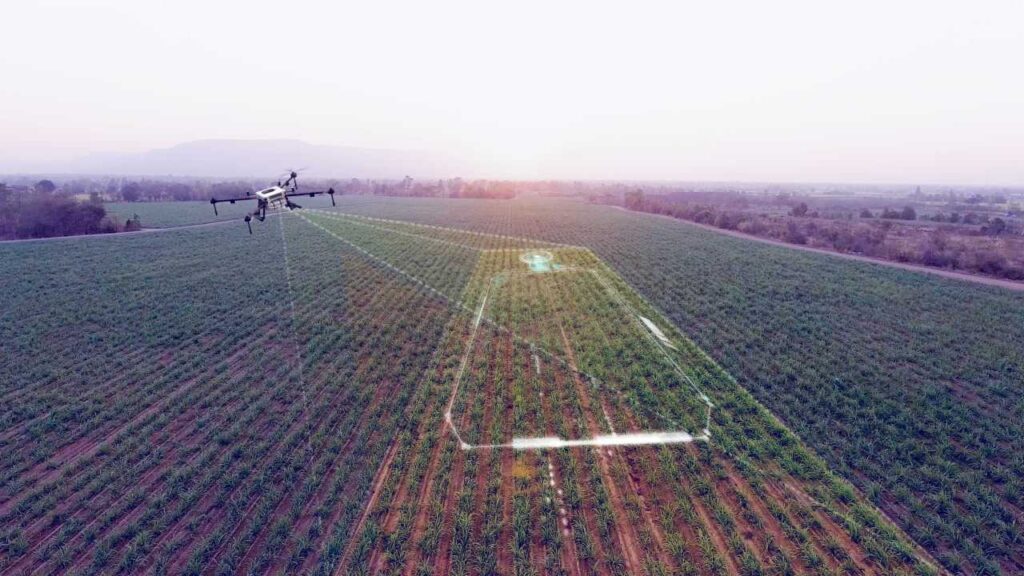
Smart agriculture is where modern farming meets technology. It’s a new era of farming, focusing on higher efficiency and better outputs. Drones play a significant role in this transformation, making farming smarter and more precise.
- Definition: Smart agriculture leverages advanced technologies like AI and data collection tools, enabling farmers to make better decisions.
- Benefits: The aim is to optimize agricultural processes, ensuring resources are utilized efficiently, leading to increased yields.
Drones are a cornerstone in this modern farming approach:
- Real-Time Monitoring: They provide real-time data on soil and crop conditions, helping in timely interventions.
- Precision Agriculture: Drones ensure precise application of resources like water and fertilizers, embodying the essence of precision agriculture.
- Distribution: They help in distributing agricultural chemicals efficiently over large areas, aiding in pest control and fertilization.
The interaction between drones and smart agriculture, a prime example of how drones are used in agriculture, is symbiotic. Drones act as the eyes in the sky, capturing vital data.
Smart agriculture then takes this data, interpreting it for actionable insights. This process is revolutionizing farming, pushing it towards more efficient, sustainable, and productive methods.
The integration of drones in smart agriculture signifies just the beginning. With ongoing technological advancements, the role of drones is set to expand further, marking an exciting era for the agriculture industry.
Primary Uses of Drones in Agriculture
Drones have emerged as pivotal tools in modern agriculture due to their technology-driven capabilities. Here’s an in-depth look into their primary uses:
Crop Monitoring and Analysis
- Real-Time Data Gathering: Drones provide real-time data on crop health and growth, aiding timely interventions. This immediate data on crop conditions and soil analysis is pivotal for informed decision-making.
- Multispectral Images: Utilizing multispectral images, drones capture data that helps in analyzing plant health and soil quality, essential for productive farming.
Precision Agriculture
- Precise Application: Drones ensure precise application of resources like water and fertilizers, reducing wastage and ensuring crops receive the necessary nutrients.
- Variable Rate Fertilizer Applications: Supporting variable rate fertilizer applications, drones are integral to realizing precision agriculture.
Livestock Monitoring
- Animal Tracking: Drones offer a modern solution to livestock monitoring, allowing ranchers to keep an eye on their animals efficiently.
- Real-World Examples: Modern farms utilize drones to monitor the health and location of livestock, easing management tasks.
Irrigation Management
- Irrigation Assessment: Drones aid in assessing irrigation needs and detecting issues early on. They provide critical data on water stress and irrigation systems’ efficiency, ensuring optimal water usage.
Agricultural Surveying
- Accurate Field Mapping: Drones excel in providing accurate field mapping, covering acres of land swiftly and efficiently. They outperform traditional methods, especially in terms of speed and accuracy.
Speed and Efficiency of Agricultural Drones
- Operational Efficiency: Drones operate swiftly, covering large areas in less time. Their speed and efficiency are invaluable in time-sensitive farming operations, making them a staple in modern agriculture.
These varied uses of drones significantly contribute to transforming agricultural practices, making them more efficient, accurate, and timely.
Advantages of Using Drones in Agriculture
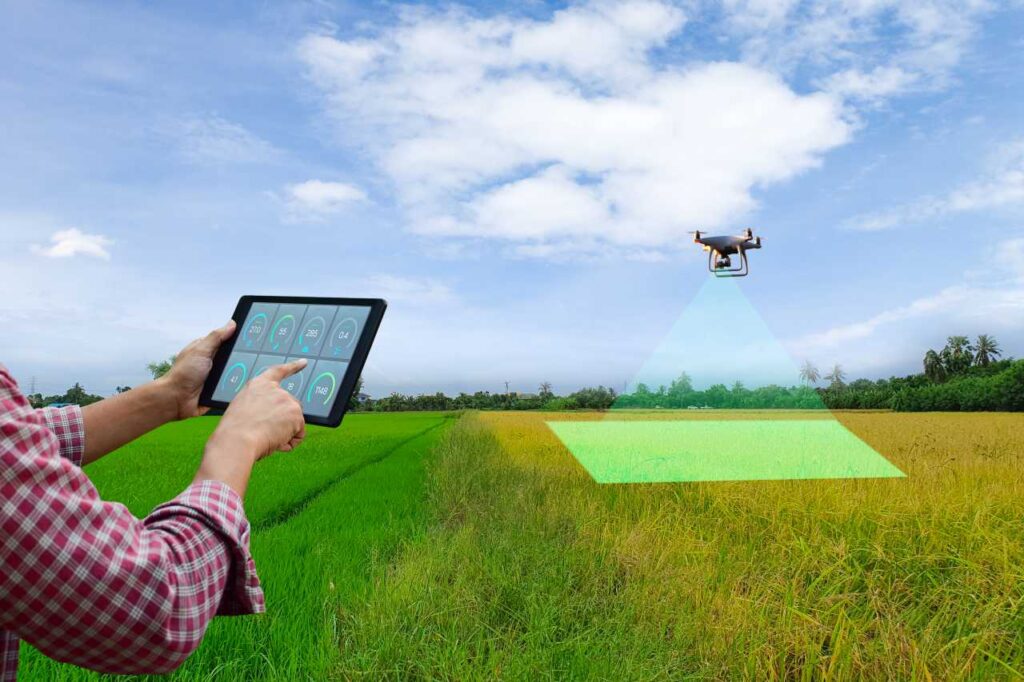
Cost Efficiency
Drones offer significant cost efficiency in agricultural operations. They slash labor costs by automating monitoring tasks. The precise application of pesticides reduces expenditure on chemicals. An AgFunder report highlights drones leading to a 5% reduction in fertilizer usage. Over time, these savings provide a favorable ROI, showcasing drones as a cost-effective solution.
Time-Saving
Time is of the essence in farming. Drones excel in time-saving, making operations swift and efficient. They monitor crops faster than traditional methods. A case study reveals drones cutting data collection time by 75%. This efficiency allows for quicker responses to field issues, making drones a time-savvy choice for modern farmers.
Data Accuracy
Drones ensure data accuracy with multispectral cameras capturing precise imagery. They offer reliable data on crop health and soil conditions. Accurate data is indispensable for informed decision-making. Drones’ data accuracy sets a new standard, aiding precision agriculture and optimizing farm operations.
Improved Crop Yield
Drones are pivotal in enhancing crop yield. Timely interventions, driven by accurate data, lead to better crop health and crop production. In China, drones have uplifted crop yields by 10%. This real-world success underscores drones’ role in maximizing crop output, marking a significant stride in tech-driven agriculture.
Limitations and Disadvantages
Flight Restrictions and Legality
Farmers need to know legal rules for drone flights. The FAA sets these rules. Drones must be in sight and have height limits. Pilots need a special certificate and drones need registration. These rules change often, which can be hard for farmers.
The legal stuff can limit how drones are used in farming. Even with benefits, the legality and flight restrictions can be problems. In the future, rules might be relaxed if drones prove to be safe and useful in farming.
Privacy and Ethical Concerns
Drones can cause privacy issues. They can take pictures of people and properties without asking. This can be a big privacy problem and an ethical concern for farmers and others. It’s tricky to use drone tech while also keeping privacy safe.
Many stakeholders are looking for solutions to these problems. The talk about privacy and ethics is growing with drone tech. The goal is to respect privacy while advancing tech in farming.
Initial Investment Cost
Starting with drones needs some initial investment. Costs include buying drones, software, and maybe extra sensors or cameras. Training for pilots can also cost extra. But in the long run, drones can save money in farming operations.
In 2022, the drone market in farming was worth USD 4.17 billion. It’s expected to grow to USD 18.22 billion by 2030. This shows a big investment and belief in drone tech’s ROI. As drones get cheaper and more useful, they will be easier for farmers to get.
The Future of Drones in Farming
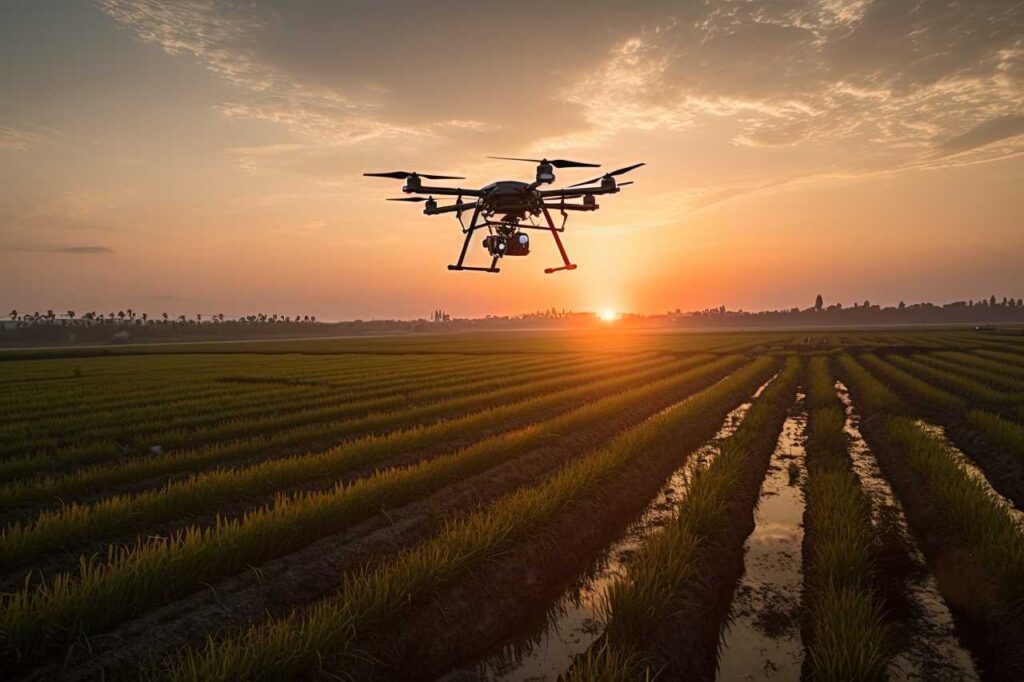
Technological Advancements
New tech is pushing drones forward in farming. Technological advancements like AI and Machine Learning are big players. They help drones analyze farm data quickly and accurately. This brings farmers useful insights without delay.
DJI Agriculture mentioned that drones are getting smarter. They can now understand and react to the environment. It’s all thanks to advanced drone technology. This means better, timely decisions for farmers.
Automated drone technology is on the rise. Drones can now operate with little to no human input. This makes farming operations smoother and less time-consuming.
The use of UAVs and UGVs for crop protection is growing. They help in precise application of pesticides. This way, crops stay healthy and yields get better.
With predictive analytics, drones can forecast issues before they occur. This helps in taking preventive measures. It saves crops from potential damage and farmers from losses.
Drones and Pest Control
The future of drones in pest control looks promising, especially considering how fast can a drone fly to timely address infestations. Their speed enhances the effectiveness of sprayer drones in accurately deploying crop protection products.
This efficiency is vital in the proactive pest management approach, where acting swiftly at the first sign of infestation is crucial. Despite existing challenges and strict regulations on chemical aerial spraying, the speed and efficiency of drones could significantly reshape pest control norms.
Global Perspective
Drones are making waves in farming worldwide. Countries are catching onto the benefits. In Australia, drones are aiding in vast farmlands. They provide crucial data and help manage large areas.
The adoption of drone technology varies globally. Developed nations are leading the charge. They have the resources to invest in advanced drones. But, developing countries are catching up as costs come down.
Agriculture operations are getting a tech boost. Drones are at the forefront of this movement. They offer a new level of efficiency and data accuracy. It’s a promising trend that’s set to continue.
In some places, challenges like regulations slow down adoption. Yet, success stories from early adopters are inspiring others. The global drone wave is growing, fueled by real results on the farm.
The Role of Agricultural Drone Pilots
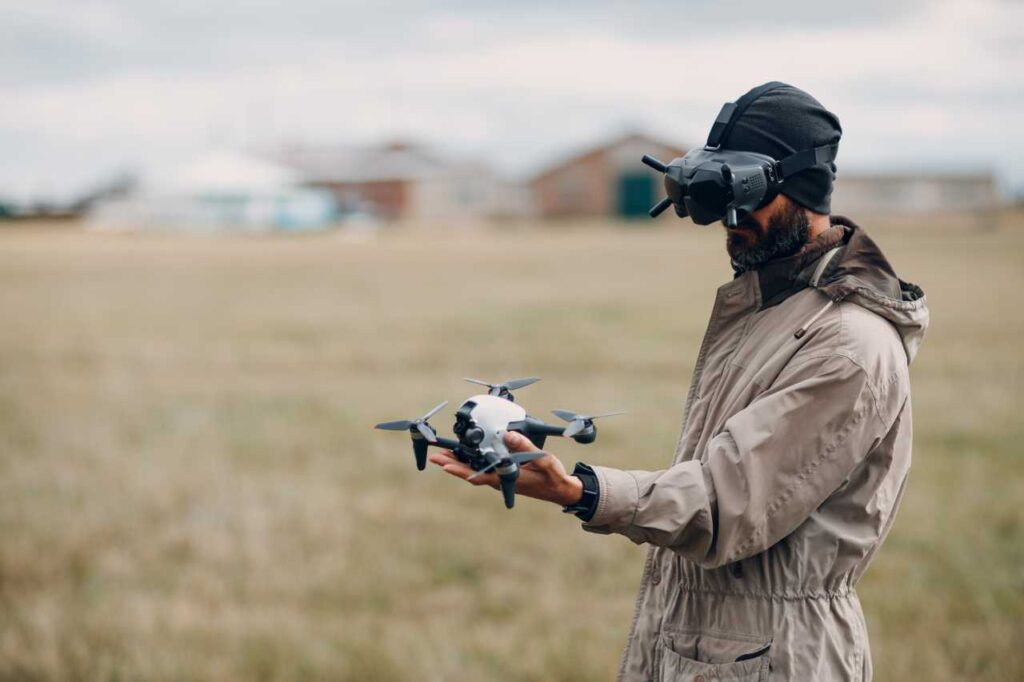
Becoming an agricultural drone pilot requires proper training. The Federal Aviation Administration (FAA) demands a Remote Pilot Certificate for commercial drone use.
The training covers drone controls, navigating through weather, and understanding aerial laws. It’s crucial for safe and effective drone operations in agriculture.
Agricultural drone pilots need a mix of technical and analytical skills. They should fly drones efficiently to gather accurate farm data.
Besides flying, they analyze aerial data to help farmers. They provide insights on crop health, irrigation, and pest control, aiding in better farm management.
Drone pilots face challenges like unpredictable weather and flight restrictions. Also, they encounter technical issues with drones.
Keeping up with new drone tech and regulations is key. Continuous learning helps them leverage drones’ full potential in agriculture, despite these challenges.
Conclusion
Drones are transforming the agriculture industry, bringing a new edge to modern farming and making many tasks easier and more efficient. Understanding how drones work is crucial in this context. Their ability to monitor crops and manage pests makes them a valuable asset.
They’re not just flying gadgets; they are tools of precision. By providing crucial data, drones help farmers make informed decisions, leading to better crop yields and, ultimately, a more profitable farming operation.
Looking ahead, the future of farming is bright with drones in the picture. A pertinent question in this regard is how far can drones fly, as this directly impacts their effectiveness in agricultural applications. The technological advancements in drone tech promise even more benefits, enhancing their range and capabilities.
It’s not just about today; it’s about setting a foundation for a technologically driven agricultural sector. With drones at the forefront, this future seems both promising and exciting.


